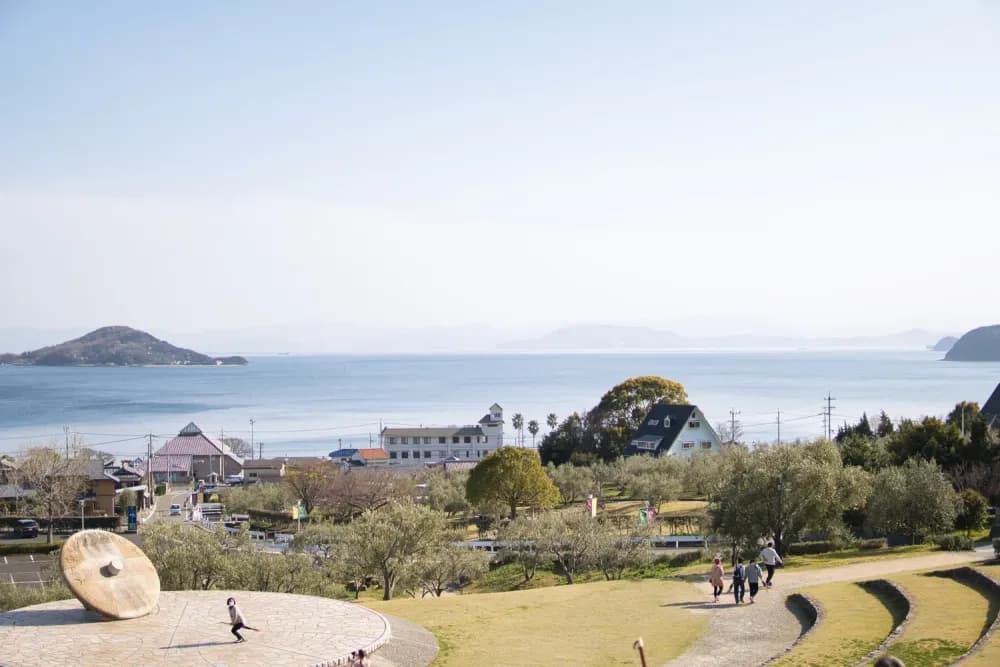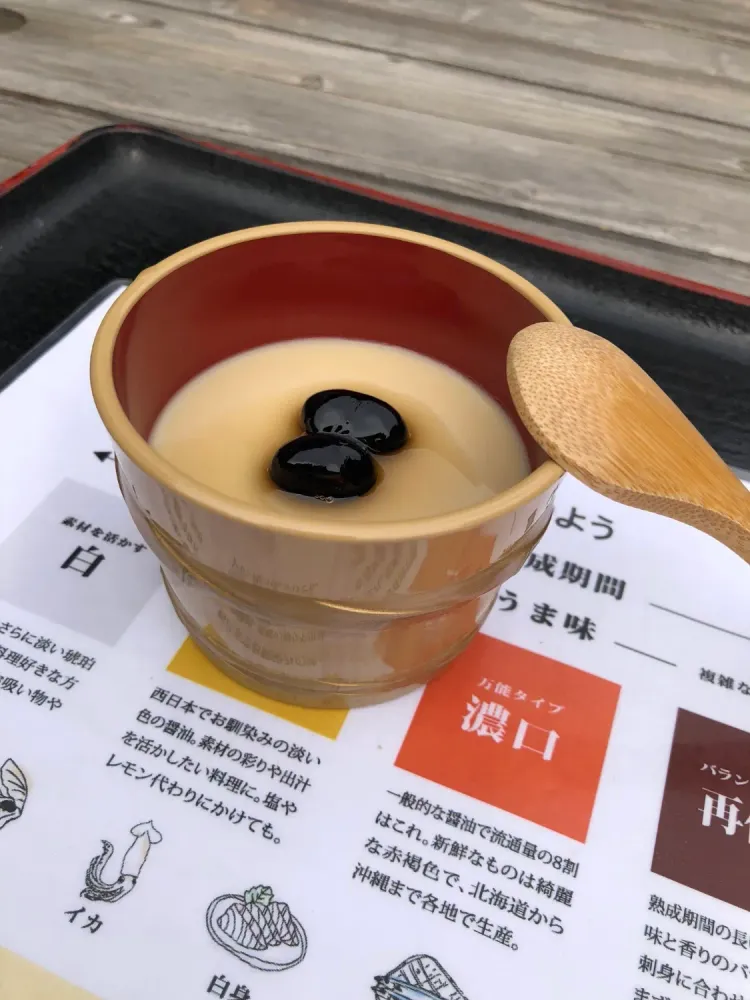Shoyu (醤油, Shōyu, Soy Sauce) is one of the most fundamental and important condiments in Japanese cooking. Yet, only 1% of today’s shoyu that is sold in Japan still uses the traditional natural brewing wooden barrel method (天然醸造木桶仕組み, lit. Tennen Jouzou Kioke Shikumi) method. Most shoyu manufacturers today use either plastic or steel barrels with chemical components to age and brew their soy sauce, a process that is much faster than the traditional method. This barrel-aging technique can take up to 4 years to produce a single bottle, and of the 1% of barrel-aged soy sauce, almost 90% is produced right here at Yamaroku Shoyu in Shodoshima.
At Yamaroku Shoyu, you can visit the factory to see these kioke (木桶) barrels, large 3 to 6 thousand liter barrels made of sugi (杉, Japanese cedar) in the Moromi Kura (もろみ蔵, lit. Moromi Brewing House), a National Tangible Cultural Heritage Site, that was built in the late 1800s when the brewery was established. The secret behind what makes barrel-aged shoyu unique is the microorganisms that live in the kioke, and aid the fermentation process of shoyu. Microorganisms that simply cannot live on the surface of plastic or steel barrels. The result is a soy sauce that has greater umami (旨味, Savoriness) and lower sodium content, barrel-aged shoyu has almost double the umami level (measured by nitrogen levels) as compared to regular shoyu.
This might be the only place in Japan where you can view these barrels, and the process up-close and in-person. Walk-in tours are welcome, and no reservations are required. In addition, there’s also a tasting section where you can taste the different types of shoyu on sale, and try out for yourself the difference in taste.
There’s also a small teahouse with a variety of shoyu based desserts to experience these interesting desserts.



